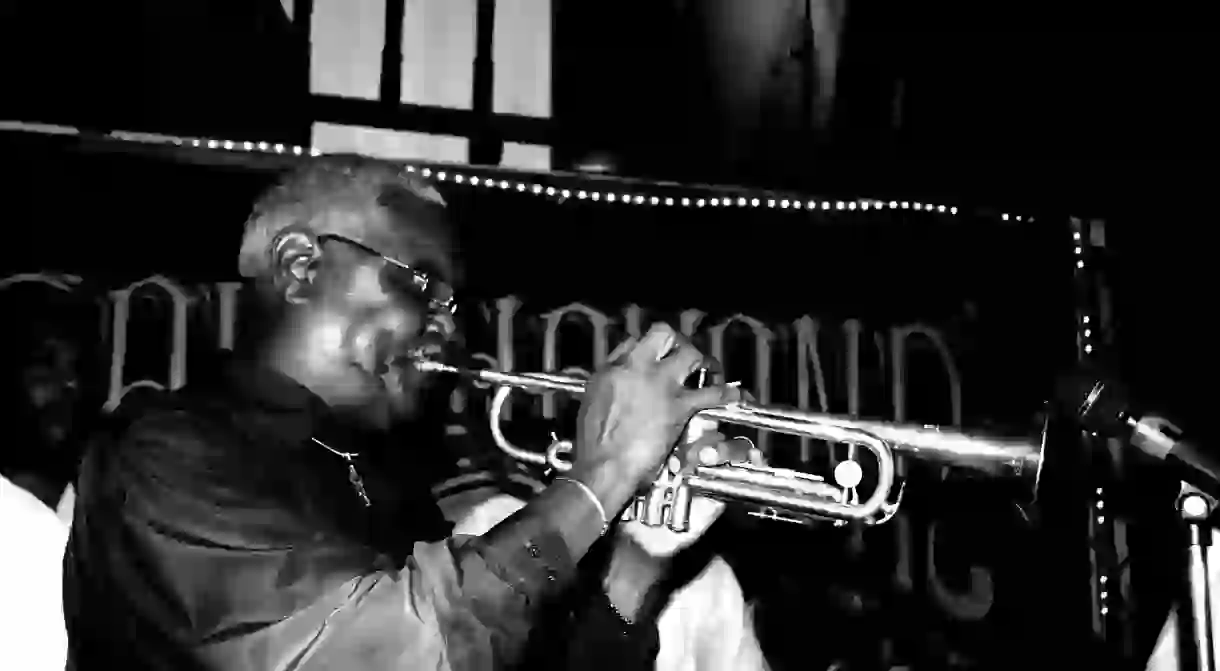A Music Lover's Guide to Cartagena

One of the biggest cities in one of the most important musical regions in one of the most musical countries on the planet: the Colombian Caribbean city of Cartagena could hardly be a better destination for a music lover. With a wealth of excellent dance and live-music clubs, some excellent bands to get to know and day trips to some of Colombia’s most important music destinations, you’ll be spoilt for choice. Here’s a music lover’s guide to Cartagena, Colombia.
Where to see live music in Cartagena
The first thing any music lover in Cartagena will want to do is get out and experience some live music and dancing. Luckily, there is a wealth of excellent live-music venues to enjoy. Most of these venues play a mixture of popular local genres like champeta, cumbia and salsa, and host live bands playing similar styles. You can always get up and dance, or simply sit back with a cocktail and enjoy the sizzling sounds of the Caribbean.

The best three music venues in Cartagena are undoubtedly Café Havana, with its live salsa bands, Bazurto Social Club, a swinging venue with regular performances by live champeta groups, and Quiebra Canto. All of these bars have an excellent atmosphere and they are some of the best spots to enjoy live performances by talented musicians playing the music that moves Cartagena. Other great choices for live music include Bar Etico, Crazy Salsa, Cuba 1940s and Bonche Bar. And if you’re not that bothered about the live music, don’t miss Donde Fidel in the Old City, where locals groove to the rhythms of old-school salsa.
Musical destinations in Cartagena
The most important musical destinations in the region, and arguably some of the most important in Colombia, are all located a short distance away from the city, and make for easy day trips. Although Cartagena, as the regional capital, has always attracted talented local musicians to its bars and clubs, the true birthplaces of many Colombian genres are small villages outside the city.

The key destination for music lovers has to be San Basilio de Palenque, a small village famous as the first-ever free slave settlement in the Americas, which has been recognised by UNESCO as one of their Masterpieces of the Oral and Intangible Heritage of Humanity, partly because of its remarkable contribution to music. Palenque and champeta music were both born in Palenque, and modern genres are thriving there, too, with groups such as the hip-hop collective Kombilesa Mi, who rap in a combination of Spanish and Palenquero, a local language only spoken in this village. On a trip there you can visit the local recording studio, learn about the musical history of Palenque and even visit artists like Rafael Cassiani, the founding member of the legendary Sexteto Tabala.
The other important destination from Cartagena is San Jacinto de Bolivar, another small inland village, famous for its role in the development of gaita music, a traditional form of cumbia led by the gaita, a flute-like instrument invented by the local indigenous people. well-known groups like Los Gaiteros de San Jacinto come from the village, and you can learn all about this important Colombian folkloric genre while you are visiting.
Important Cartagena musicians
Cartagena and the surrounding villages have produced a wealth of important Colombian musicians over the years, but any music lover could do a lot worse than starting off by getting hold of some songs by Lucho Bermudez, Sexteto Tabala, Son Palenque, Louis Towers, Charles King, Michi Sarmiento or Joe Arroyo. For a concise lesson in Colombian coastal music, check out compilation records such as Cartagena! Curro Fuentes & The Big Band Cumbia and Descarga Sound Of Colombia 1962–72, Palenque Palenque: Champeta Criolla & Afro Roots in Colombia 1975–91, Aqui Los Bravos! The Best of Michi Sarmiento y su Combo Bravo 1967–77 or Diablos Del Ritmo: The Colombian Melting Pot 1960–1985.













